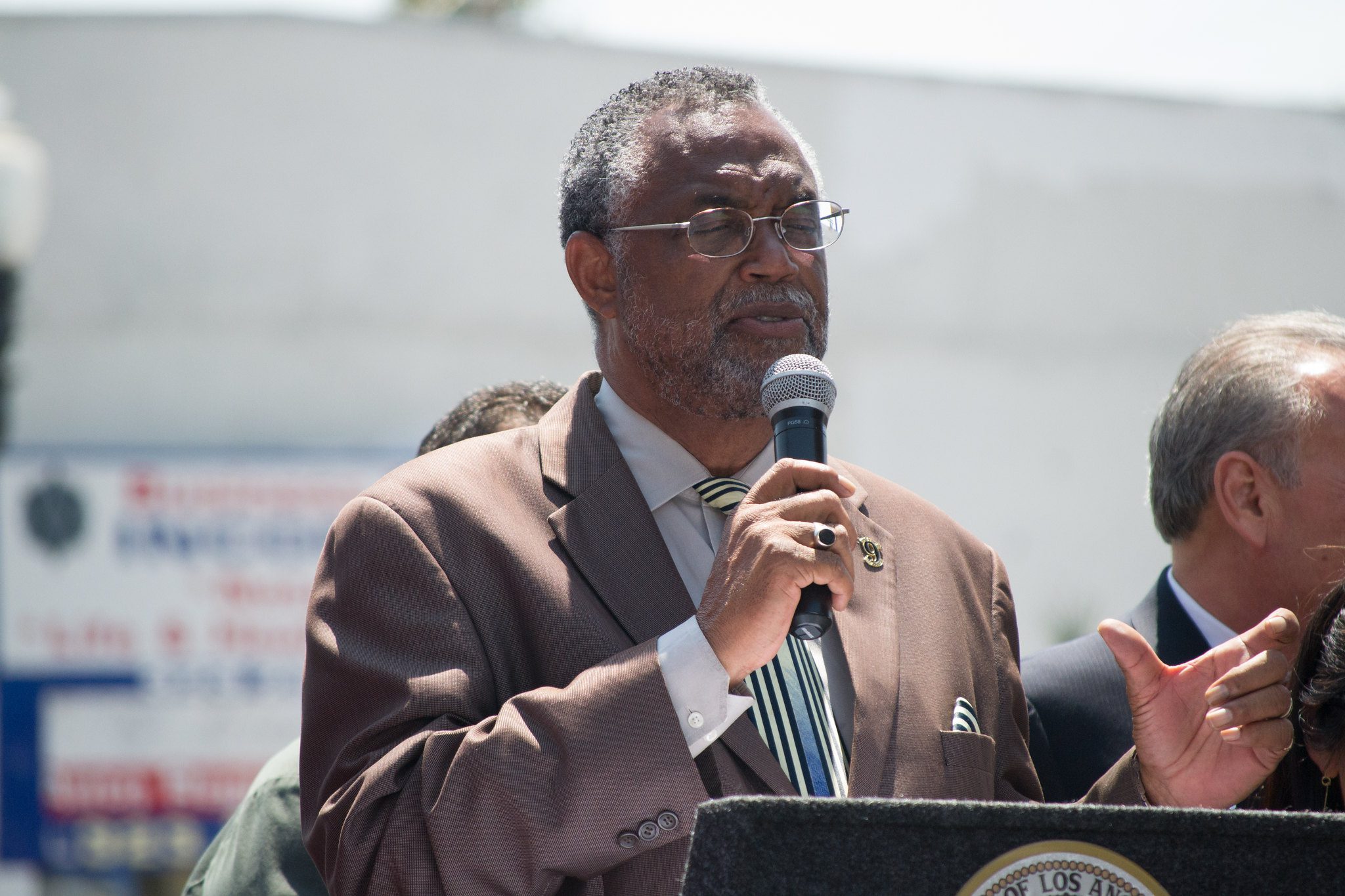United Launch Alliance, based in El Segundo, successfully launched a new rocket carrying a lunar lander Monday from Cape Canaveral Space Force Station in Florida — although the lander suffered a breakdown that appeared to crush hopes of it reaching the moon’s surface.
The company’s new Vulcan Centaur rocket made its maiden flight, earning praise from the Space System Command.
“This is a groundbreaking day, culminating years of technical collaboration and partnership to field a new launch system for the United States. Congratulations to United Launch Alliance on a successful first Vulcan Centaur launch. A strong, competitive launch market, servicing both government and commercial customers, supports continued innovation and our assured access to space,” Brig. Gen. Kristin L. Panzenhagen, SSC’s program executive officer for Assured Access To Space, and commander of the 45th Space Launch Delta, said in a statement.
“Today’s launch marks a new space launch capability that will complete the Department of Defense’s transition from foreign engines and ensure the Joint Force’s ability to achieve space superiority when necessary while also maintaining the safety, security, stability, and long-term sustainability of the space domain,” Panzenhagen said.
In addition to Astrobotic’s Peregrine lunar lander, ULA’s Vulcan Centaur carried the Enterprise Flight, a Celestis Memorial Spaceflight mission into a stable solar orbit “on an endless journey through interplanetary space.”
Despite the success of the launch, the lunar lander quickly suffered an “anomaly” that appeared to end its mission before it had a chance to begin.
Astrobotic reported that the anomaly prevented the lander from “achieving a stable sun-pointing orientation,” which threatened its ability to actually land on the moon. After a series of attempts to correct the issue, the company later reported that it was exploring alternatives to a lunar landing.
“Unfortunately, it appears the failure within the propulsion system is causing a critical loss of propellant,” according to the company. “The team is working to try and stabilize this loss, but given the situation, we have prioritized maximizing the science and data we can capture. We are currently assessing what alternative mission profiles may be feasible at this time.”
The lander is carrying payloads from about 20 customers, including several NASA instruments.
The Celestis mission included on the Centaur rocket is carrying DNA samples of “Star Trek” creator Gene Roddenberry and his wife, actress Majel Barrett-Roddenberry. Also on the payload were partial remains of “Star Trek” actors James Doohan, Nichelle Nichols and DeForest Kelley.







